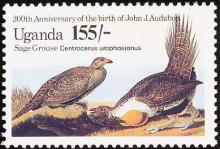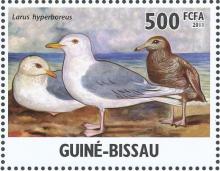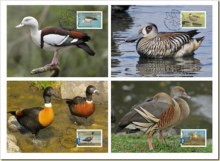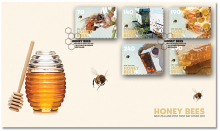The national bird of Samoa is on the fast-track to extinction
The Mauritian dodo is the iconic emblem for both island conservation and extinction, sadly one of the birds lost from the Mascarene archipelago. One might often wonder how this strange bird could have originally been descended from a pigeon, but in Samoa we find the tooth-billed pigeon (Didunculus strigirostris), otherwise known as the little dodo, or locally the Manumea. This strange pigeon is the only member of its Genus (a measure of evolutionary uniqueness), and is also the national bird of Samoa. Sadly, like the dodo, this species is on the fast-track to extinction. Mean numbers have crashed from thousands in the 1980s to only rare sightings today. Extinction of island birds is still continuing today. The fledgling Samoan Conservation Society is working with island conservation scientists from New Zealand and elsewhere to survey populations and establish a conservation programme, including captive-breeding, as part of wider work on the conservation of all Samoan birds. With backing and support the team are confident that extinction of the Manumea can be averted.










